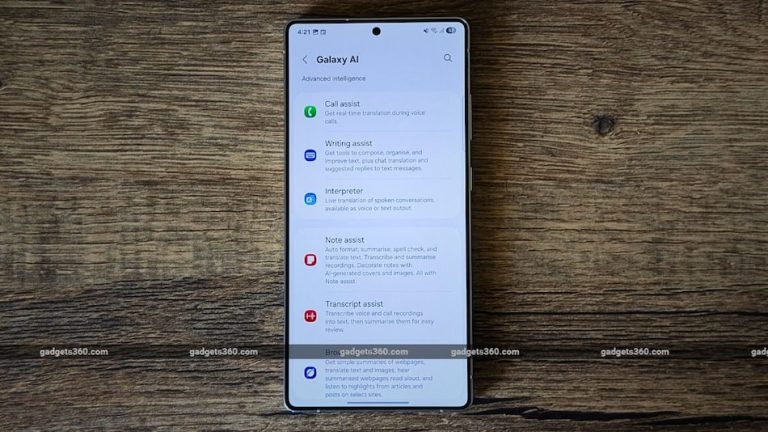The Rise of Digital Art
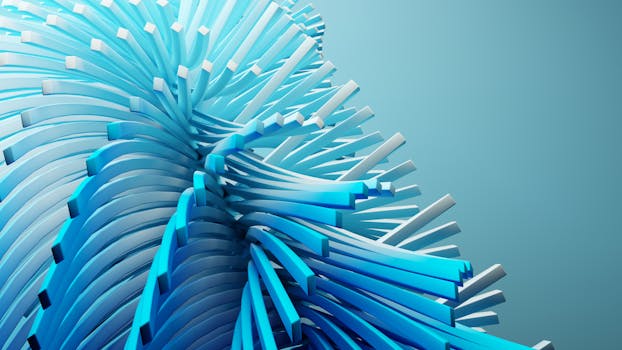
In recent years, digital art has transcended beyond being merely a niche in the art world, emerging as a prominent medium that many artists now embrace. With the advent of advanced technologies, digital art has fundamentally transformed traditional creative processes, enabling innovative forms of art that were previously unimaginable. Artists from diverse backgrounds are using software tools to create illustrations, animations, and even interactive experiences cocktail that lifelike visuals on screens around the globe.
Cutting-Edge Tools Fueling Innovation
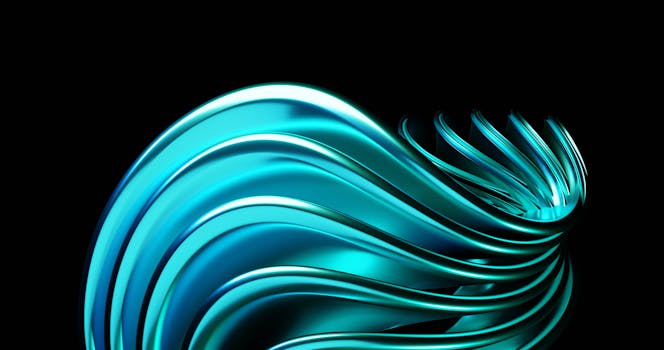
The technology backing today’s digital artists—from tablets with styluses to sophisticated software like Adobe Photoshop, Procreate, and Blender—has expanded the creative toolkit available. These tools offer artists remarkable flexibility and control over their work. With layers, brushes, and a wide palette, the mediums once constrained to canvas can now flourish in a digital format. Observations on art creation happen dynamically in real time, often culminating in vivid renditions that excite the senses like never before.
The Role of Artificial Intelligence
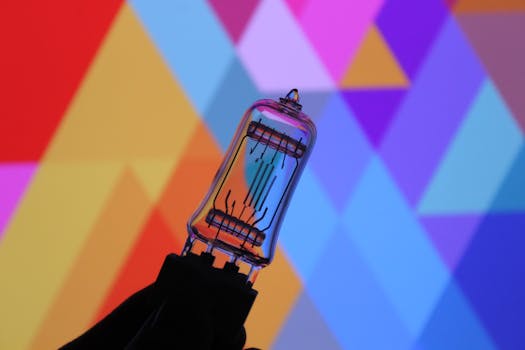
AI has rapidly returned to the fore, delving into art creation with transformative repercussions. Tools powered by AI can generate art pieces autonomously, assisting artists with unique visuals or even completing ideas they might struggle with. Projects exploring AI-generated art raise profound discussions about authenticity and originality. It lends itself particularly well to generating variations of an artist’s concept for unique developments in reflective styles visible across the platforms folks browse every day. Through cross-collaboration between human and machine, the strangeness of modern digital creativity unfolds profusely.
Community and Collaboration in the Digital Space

As online platforms hosting digital art grow, community becomes paramount. Platforms such as Behance, DeviantArt, and social media channels provide vital ecosystems for sharing creations and collaborating with others. The rapid peer feedback Loop nurtures talent and leads to richer outcomes. Recent trends indicate that NFT (non-fungible tokens) marketplaces are becoming significant instruments for selling and mainstream blockchain supplying individuals with the seemingly right audiences while positively impacting the revenue flow for enthusiastic artists.
Experimenting available marketplaces and setting foot into the compelling downtime revolution compositivity encourages uniqueness and delightful personal expressions transcending geographical users’ limitations.
The Future of Creative Expression
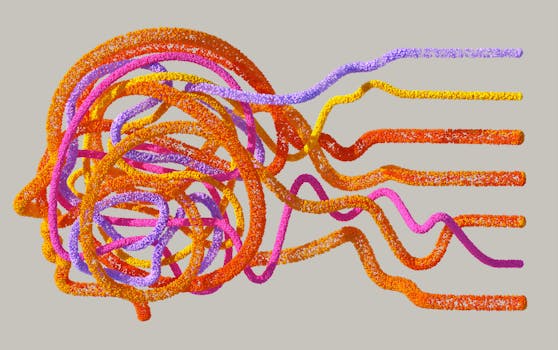
The integration of technology with art goes well beyond traditional dimensions. Virtual reality (VR) and augmented reality (AR) pave paths for more immersive art experiences, putting observers in the artist’s devised surroundings. Indoors virtual galleries to montages shedding lights knowledge tie digital touchstones complicit storytellers yielded dynamically birthed at artist-led topcoys initiatives taking note shall increasingly emerge.
